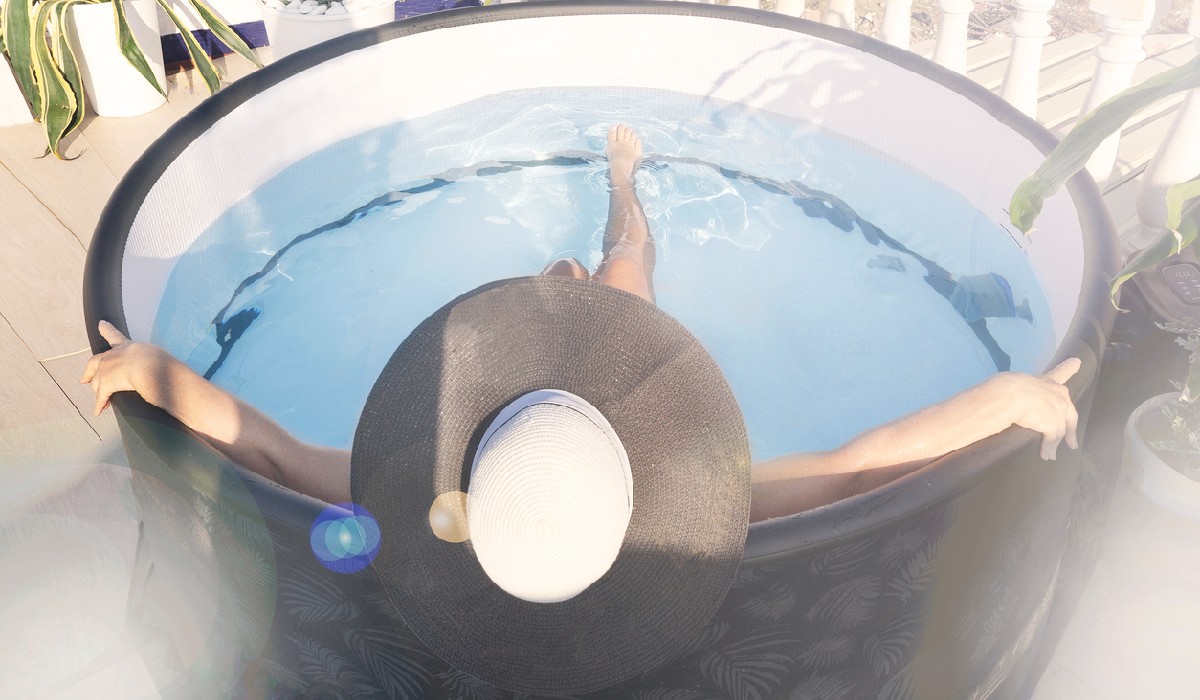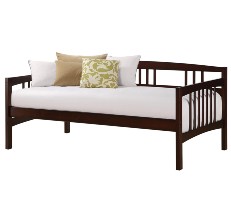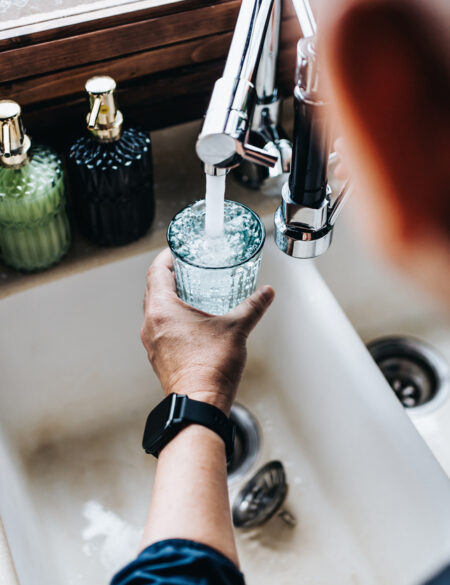
This content was originally published on OldHouseOnline.com and has been republished here as part of a merger between our two businesses. All copy is presented here as it originally appeared there.
We all know the importance of taking time for ourselves to relax. But life can get extremely busy sometimes, making it challenging to find time and a place to kick out feet up and take a load off. Given the hustle and bustle of daily life, your home should be a place a restoration and relaxation where you can reset your mind and body. In this post, we’ll discuss how to relax more often in the comfort of your own home rather than spending a fortune on spas.
We’ll cover topics from yoga and meditation to aromatherapy and massage and how to use them to maximize your relaxation time. We’ll also offer tips on setting up a relaxation-friendly environment in your home so that you can make the most out of your downtime.
Identify Stressors
Before beginning any relaxation plan, it is important to identify and take stock of what is causing stress. As humans, recognizing our triggers helps us avoid them and gives us the mental space we need for our bodies and minds to relax. So, what situations bring about stress and discomfort for you? Jot down a few things that can help you pinpoint stress triggers so that you can manage them better.
Next, assess your current levels of stress. Some people find journaling helpful because they can track their emotional experiences over time. Take breaks during heightened periods of stress, practice breathing exercises, and talk to someone who understands what you’re going through. Contact professionals who can help you assess your stress levels.
Take Time For Yourself
Creating a customized relaxation plan can make unwinding at home easier by helping you recognize what works best for your needs. Set aside specific times throughout the week when to block out distractions, take part in calming activities, and practice self-care.
It is important to remember that relaxation should be prioritized as an essential part of taking care of yourself mentally and physically. Try scheduling some leisure time after work or during lunch breaks as if it were another task on the agenda. Make sure you do something enjoyable every day, even if it’s just for fifteen minutes. Little indulgences like walking in nature or reading can go a long way in helping reduce stress levels overall.
Find Calming Techniques
Meditation
Meditation is an excellent option for relaxing both the mind and body while also gaining clarity on difficult emotions or situations. All you have to do is establish a designated corner or area in your home with comfortable cushioning and perhaps some candles or incense sticks for added ambiance. Then, take time each day to sit peacefully in this spot and free your mind from clutter until you feel relaxed and centered.
Music
Music has incredible healing powers. It’s able to connect with our senses so deeply that we can fall into a state of relaxation within minutes of listening to some soothing tunes. Creating a playlist of calming music before heading to bed and using headphones for clearer sound vibrations may help relax muscle tension and improve your focus on breathing.
Baths
When feeling stressed or overwhelmed, one of the most relaxing activities is taking a bath. Adding ingredients like Epsom salts or essential oils such as lavender or chamomile can further increase its therapeutic effects. However, make sure not to stay in the water too long as long hot baths can dry out the skin. Fifteen-minute sessions should suffice to relax without overdoing it.
Exercise
Physical movement releases endorphins, which create physical pleasure and can help with emotional responses related to happiness. Incorporating exercise into weekly routines is beneficial for both your physical well-being and mental health during times of distress. Even simple activities such as stretching or short walks around the neighborhood are enough to release built-up tension.
Create A Comforting Environment
Cleanliness
Improved mental health is often associated with cleanliness since an orderly environment can bring about feelings of calmness and reduce restlessness caused by constant clutter. In addition, tidy spaces have a positive effect, making people feel less anxious overall. To ensure that all areas in your home are properly organized, you can label shelves, drawers, and cabinets and assign each item a specific spot to make finding things easier.
Greenery
Incorporating greenery into your living space can instantly transform any room into a healthier environment. Plants with air-purifying properties provide aesthetic charm, bring nature indoors, and promote a peaceful atmosphere. In addition, you can get creative with plant assembly by using wicker baskets or macramé hangings to make fragile greenery look aesthetically pleasing while feeling secure.
Ambiance Lighting
The type of lighting used in a room can affect mood and alertness. Bright lights increase alertness, while softer tones are more calming to the eyes and overall mood. Using warm lightbulbs instead of cold ones can bring about feelings of internal warmth and turn any room into an inviting atmosphere. In addition, you can strategically place low-wattage bulbs throughout rooms for a subtle ambiance without unwanted glare from strong lights.
Aromatherapy
Scented candles or essential oils have long been used to alleviate common ailments associated with physical and psychological states. For example, lavender oil is popular for its ability to soothe, while mild sandalwood aromas create welcoming atmospheres and aid in meditation. Even an inflatable hot tub can offer aromatherapy through the vapors produced at higher heat settings, providing a relaxing experience for everyone in the household.
Conclusion
Creating a relaxing environment at home doesn’t have to be difficult. Taking the time to identify the stressors in your life, assessing your stress levels, and prioritizing time for yourself are the first steps in ensuring relaxation at home.
Incorporating calming techniques such as meditation, deep breathing, music, and exercise into your daily routine can help lower stress and tension. Creating a comforting environment with the help of aromatherapy, greenery, and soft lighting will further enhance your downtime. Don’t forget to make time for hobbies and connecting with family and friends. And if all else fails, don’t hesitate to contact a professional for help.








